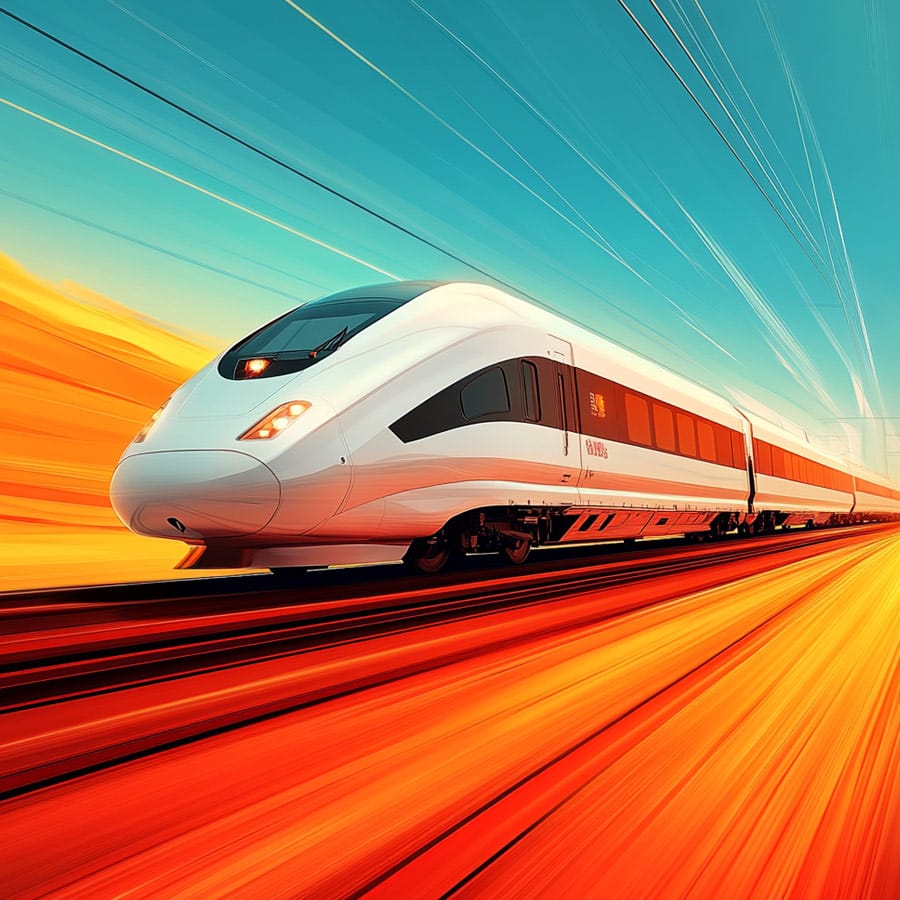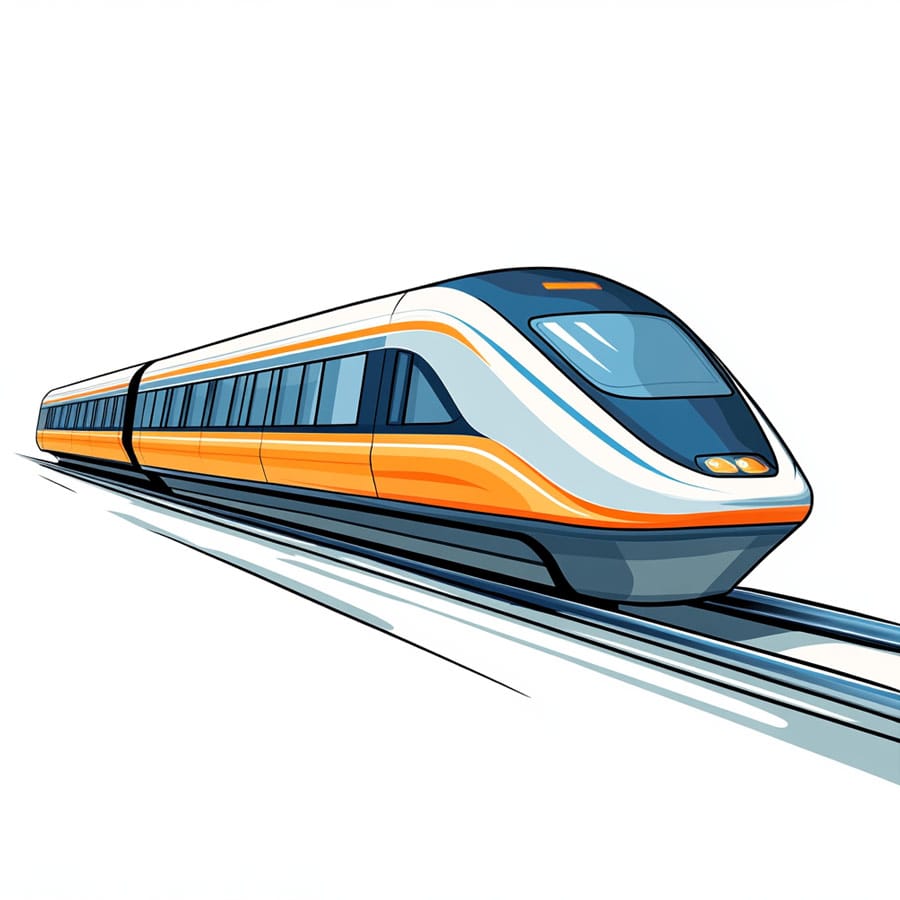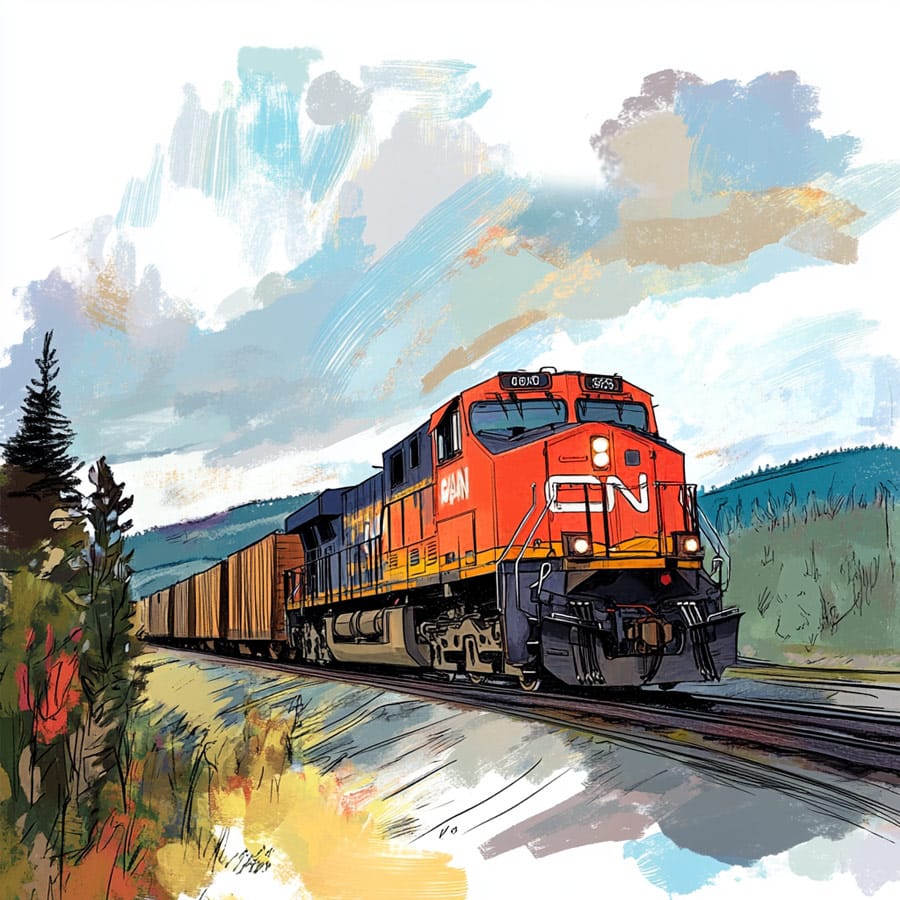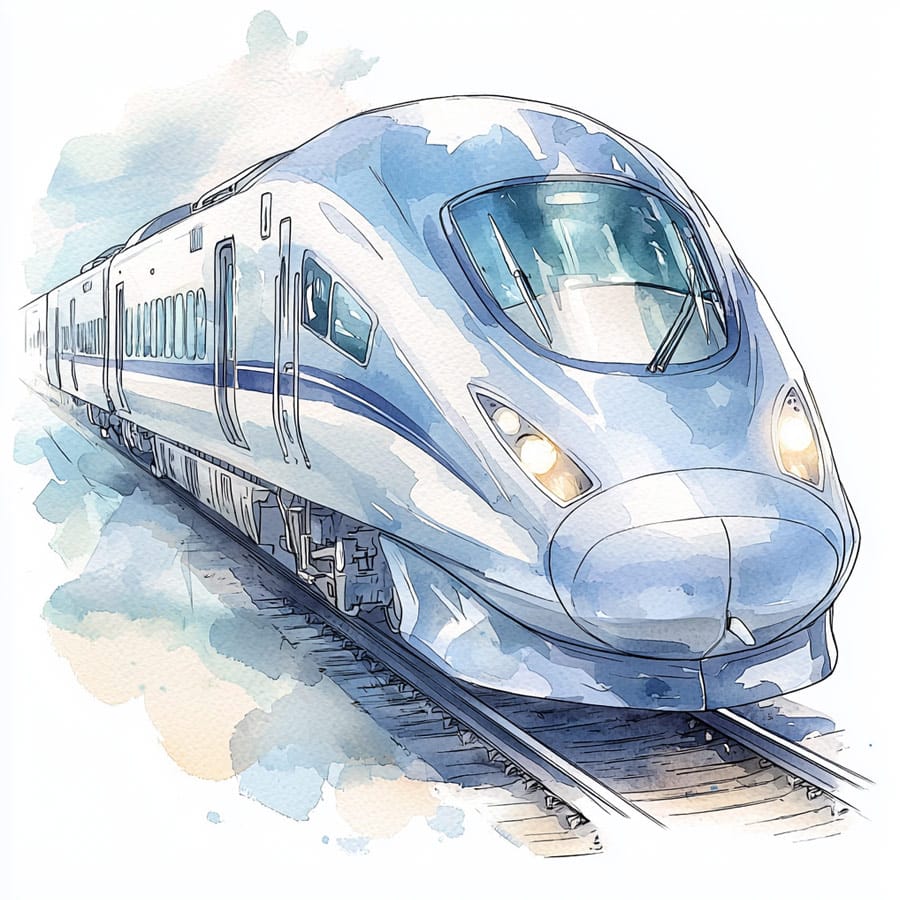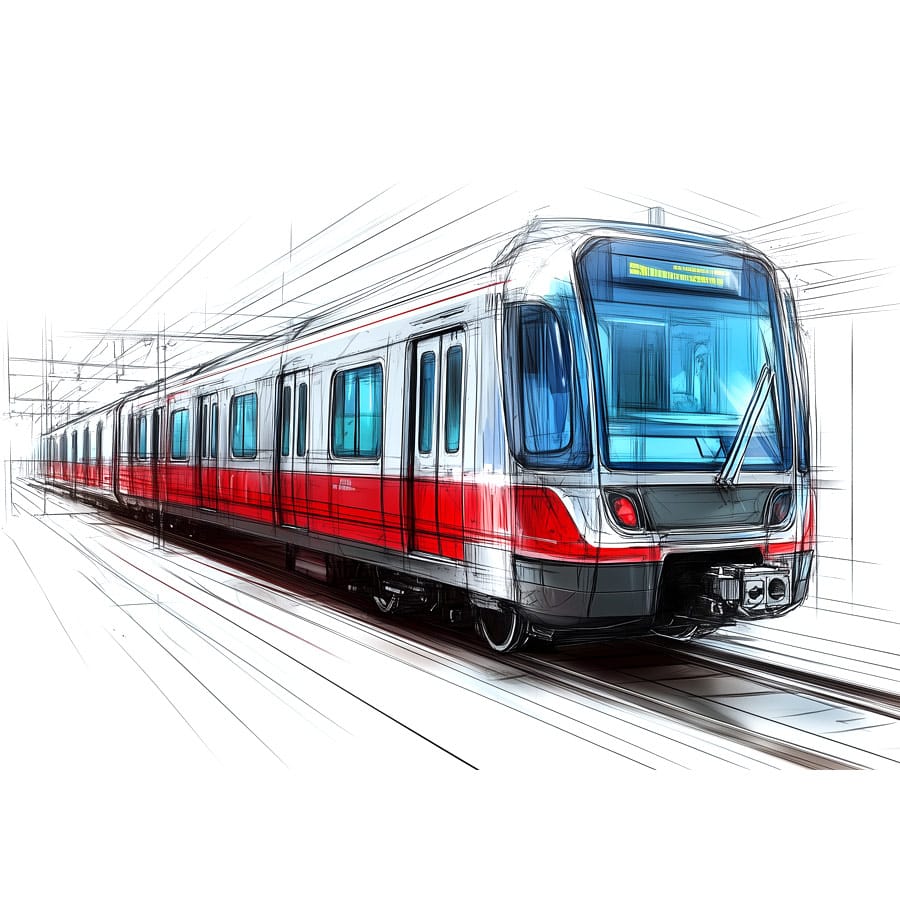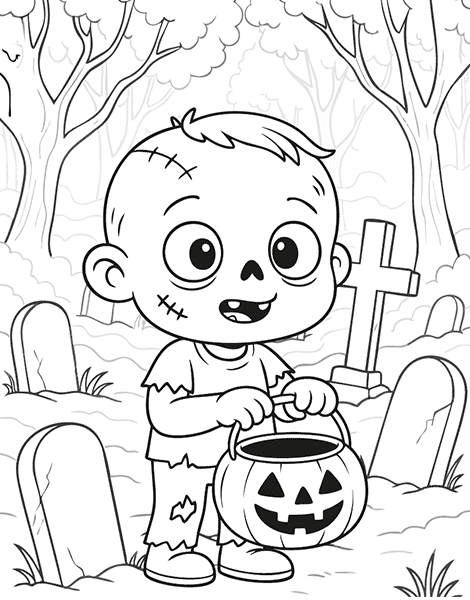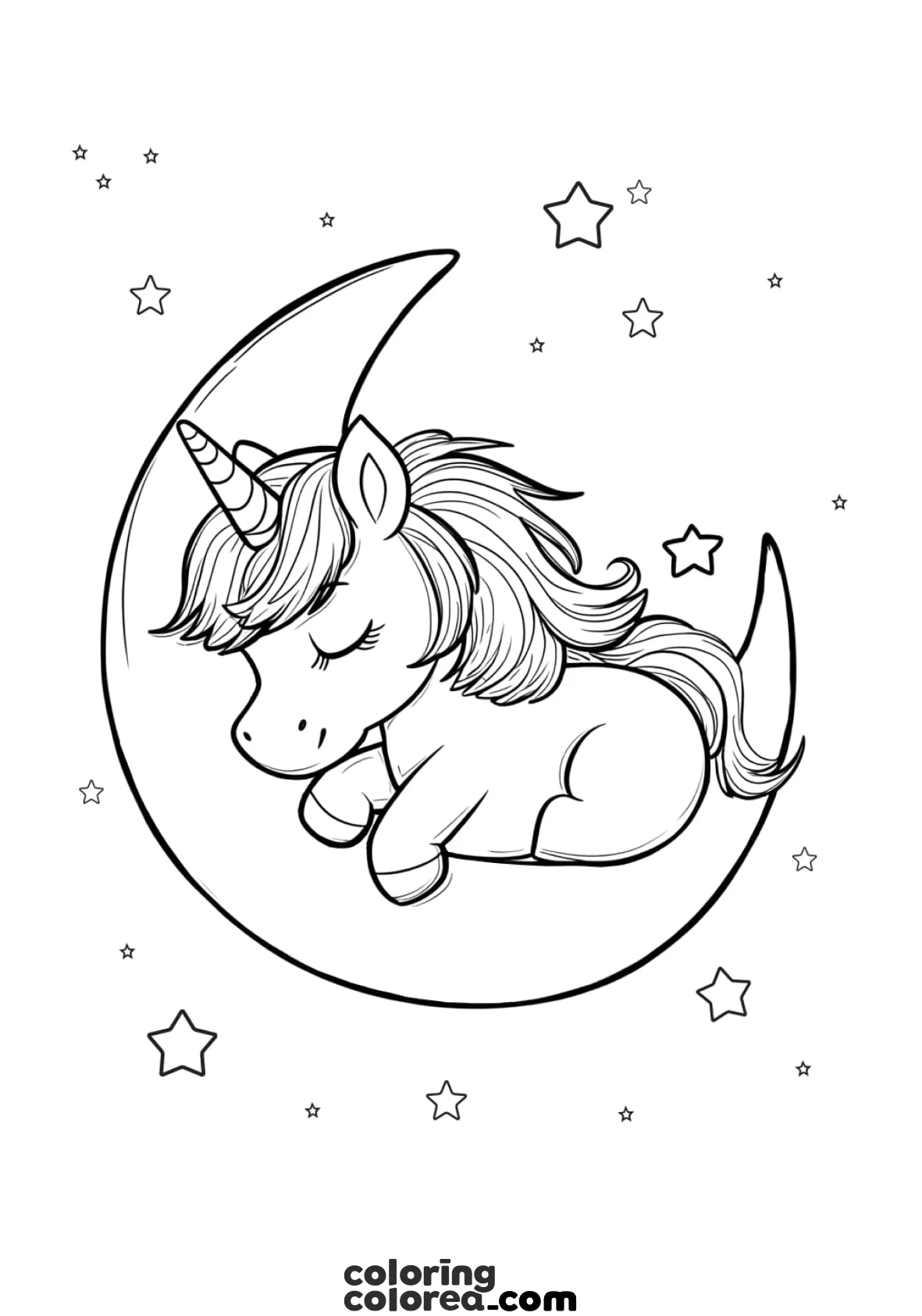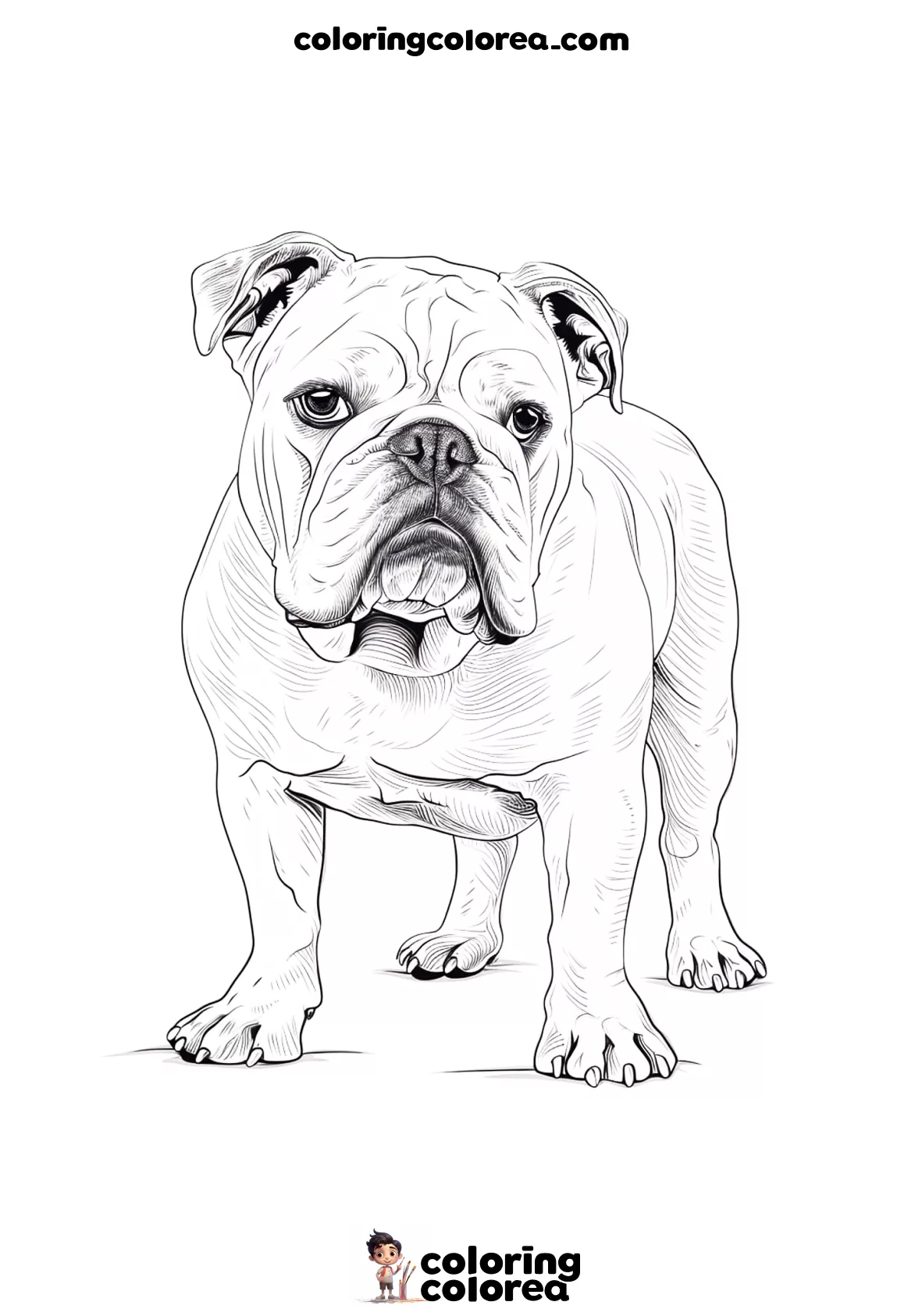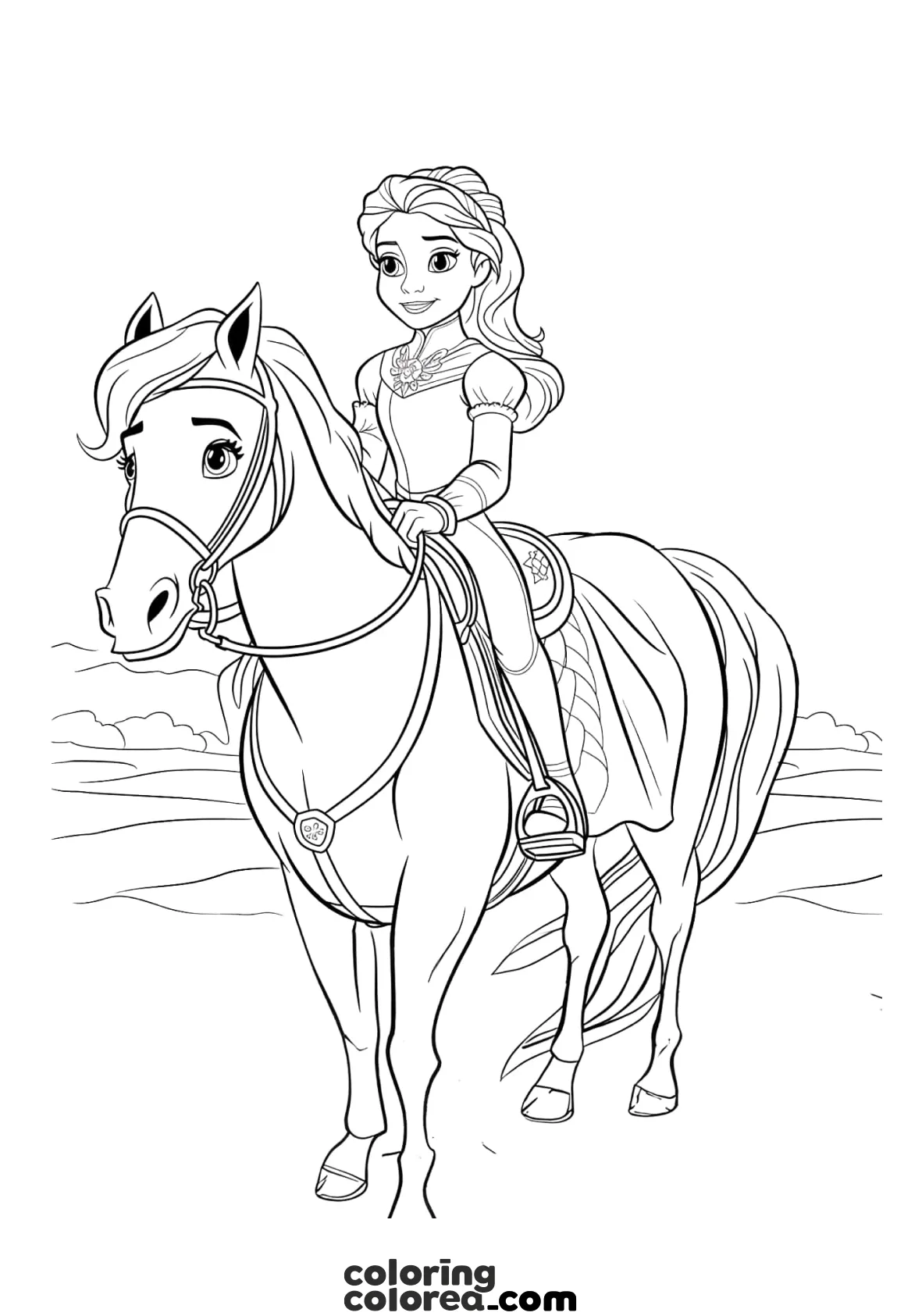Modern trains often have striking color combinations to make them more visible and attractive. Some are metallic shades like silver and gray, while others opt for vibrant colors like red, blue, or yellow. You decide if you want a realistic train or something completely original—you could even create a rainbow train!
Train colouring tips and ideas
- The train body: To make it realistic, you can use metallic gray or white with bluish reflections, which are common in modern trains. If you’re using colored pencils, try smooth, even strokes to avoid scratch marks.
If you prefer a more colorful train, red and blue combinations are a classic choice for high-speed trains. Use a base color and then blend in a darker shade at the edges to create depth.
- Windows and reflections: Windows should look like glass, so a very light blue or gray works well. Add a bit of white in the corners to give the illusion of light reflections.
- Tracks and landscape :The tracks can be dark brown for the wooden ties and metallic gray for the rails. Adding small touches of green around the tracks will create the effect of grass growing between them.
If you want a clear sky, use light blue with white for soft clouds. If you prefer a sunset, try blending orange, pink, and purple tones in the sky.
🚆 UA bit of high-speed train history
Trains have evolved a lot since their early days. The first high-speed train was the Japanese Shinkansen, which began operating in 1964 and reached speeds of 210 km/h. Today, the fastest train in the world, the Shanghai Maglev, can reach 431 km/h.
In Europe, Spain’s AVE and France’s TGV are famous for connecting cities in record times. Thanks to these trains, long-distance travel is faster, more efficient, and environmentally friendly.
Fun fact: In Japan, bullet trains are so precise that their average delay per year is only 36 seconds. Imagine that level of precision!
Learn more about High-Speed trains by clicking here.









